Mr. Le Van Dung's family in Nhan Co commune, Dak R'lap district ( Dak Nong ) has more than 2 hectares of durian. In the last durian crop, Mr. Dung harvested about 35 tons of fruit. After deducting expenses, he earned more than 1 billion VND.

According to Mr. Dung, after the fruit growing and harvesting stages, durian trees are very exhausted and weak. During this stage, the trees are susceptible to pests and diseases, which can be very dangerous if not treated promptly.
Mr. Dung said: “After harvesting, I prune the branches and clean the garden. This helps the durian garden to be airy, limits the development of pests and diseases, and helps the trees recover quickly.”
According to Mr. Hoang Van Sau in Truong Xuan commune, Dak Song district, during the rainy season, durian gardens often experience a phenomenon of crusted soil, which is no longer airy. Therefore, when the dry season comes, the soil lacks oxygen, accumulating CO2 and other toxic substances, causing the durian roots to become clogged and suffocated, leading to rot.
Mr. Sau said: "To limit damage caused by prolonged rain and long-term flooding of the garden, people need to treat the garden before the rainy season, drain water well during the rainy season and restore the garden after flooding."

Mr. Sau added that the ability of durian trees to withstand drought is not good. Trees in the basic construction stage are less resistant to drought than mature trees.
Plants that are developing biomass such as sprouting, developing roots, flowering or growing fruit... must consume a lot of energy, so when exposed to drought, they can easily wilt, get heat shock, and possibly die.
Therefore, farmers need to provide enough water to help durian gardens endure, without affecting the development of buds, leaves, and flower bud differentiation later.

After the rainy season ends, farmers should spray pesticides on durian, paying special attention to harmful fungi such as phytophthora and fusarium.
According to Professor Tran Van Hau, Department of Plant Science, Faculty of Agriculture and Applied Biology, Can Tho University, in the dry season, durian trees often have leaf loss, weakened roots and are often attacked by pests such as leaf borers, leaf-eating bugs, fungi, leaf spot diseases...
The disease can penetrate through the trunk, branches, and young leaves. In addition, durian trees are also affected by anthracnose. When the disease is severe, the lesions link together into patches, causing the leaves to dry and fall off.
Pests that easily attack durian trees in the dry season include green worms, leaf rollers, fishtail butterflies, moths, molds, etc. Farmers should pay close attention to have good preventive measures for the trees.

According to Professor Tran Van Hau, in the dry season, durian growers need to collect and clean the garden after pruning. The most important thing in the dry season is to provide adequate water for durian.
For each young durian tree, farmers should water about 50 liters of water/time. For mature durian trees, water 80 liters of water/time. If watered too little, the tree will not have enough water, it will be difficult to grow and watered too much will affect the root system.
Every 2-3 days, you should water the durian tree once to provide enough water to help the tree photosynthesize easily, absorb nutrients, and increase growth.

During the dry season, people should use organic fertilizers that supplement essential micronutrients for durian. Organic fertilizers help improve soil structure, retain moisture and provide abundant nutrients for plants.
Chemical fertilizers containing trace elements such as nitrogen (N), phosphorus (P), and potassium (K) also need to be properly supplemented for durian. Note that chemical fertilizers provide nutrition for durian trees, but if applied unevenly or in excess, they will have the opposite effect.
Source: https://baodaknong.vn/cach-cham-soc-sau-rieng-trong-mua-kho-234499.html




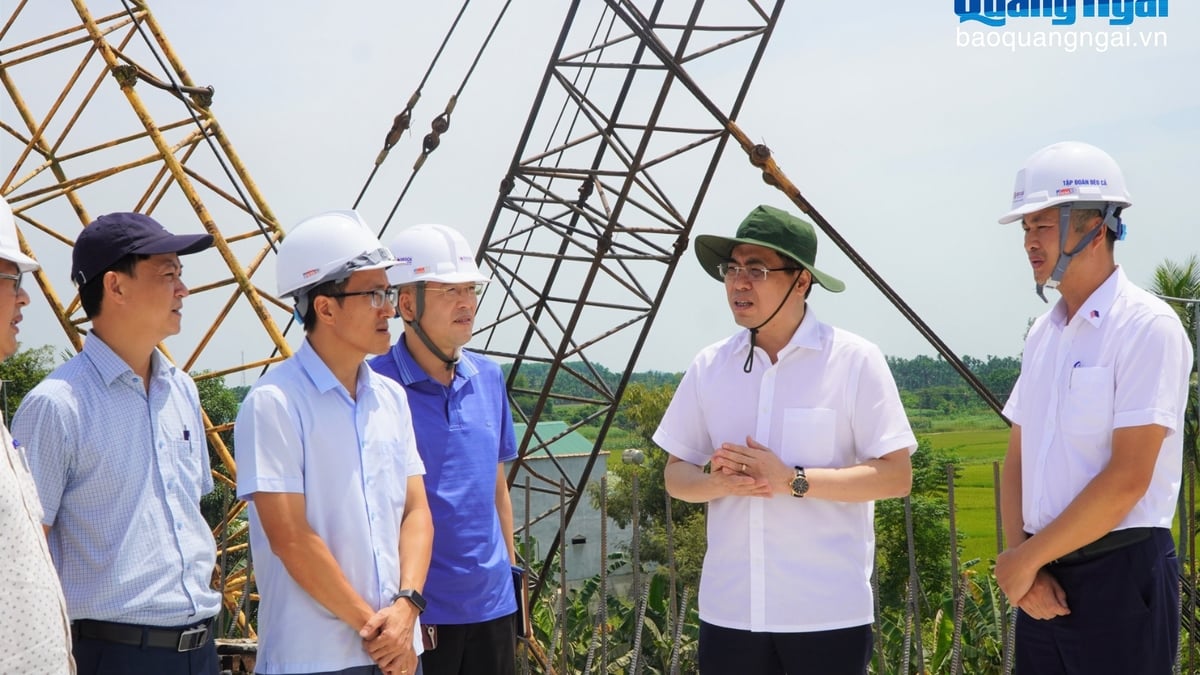
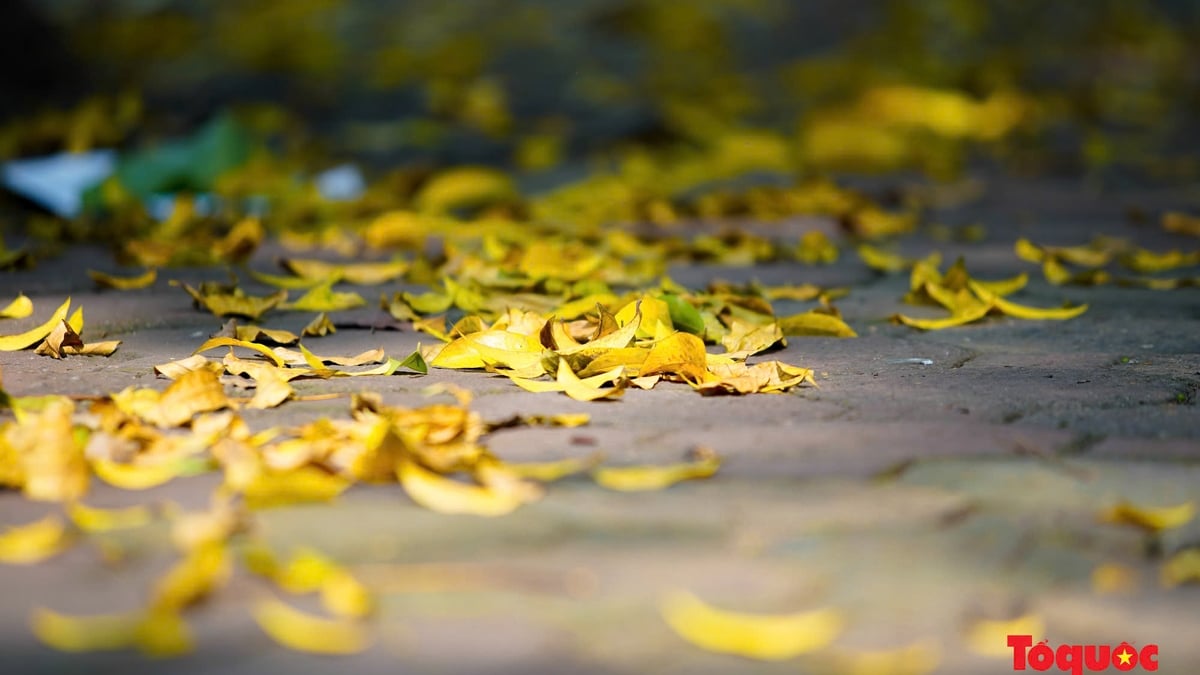
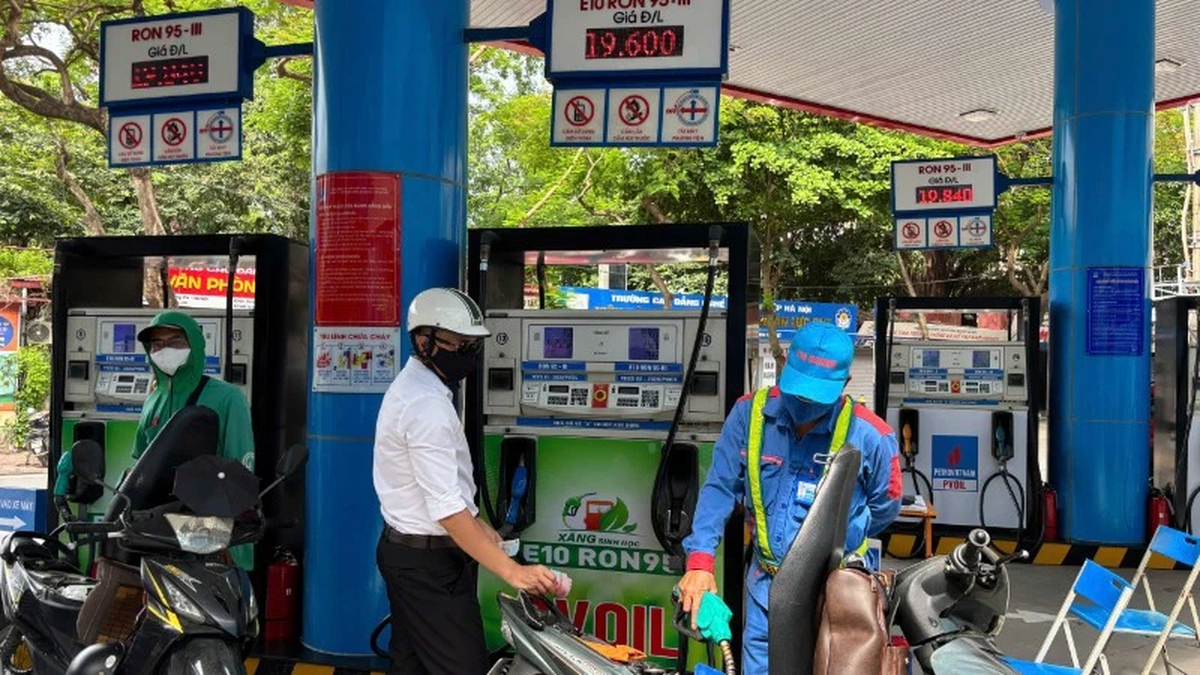


















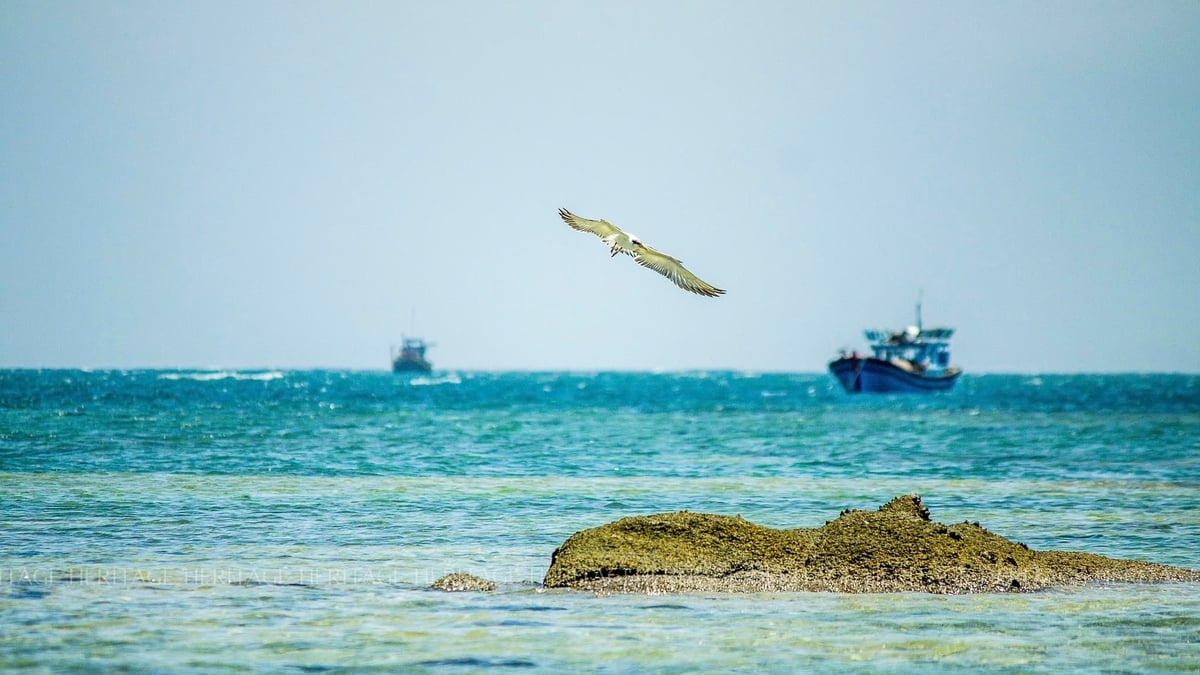
![[Photo] Nghe An: Provincial Road 543D seriously eroded due to floods](https://vphoto.vietnam.vn/thumb/1200x675/vietnam/resource/IMAGE/2025/8/5/5759d3837c26428799f6d929fa274493)

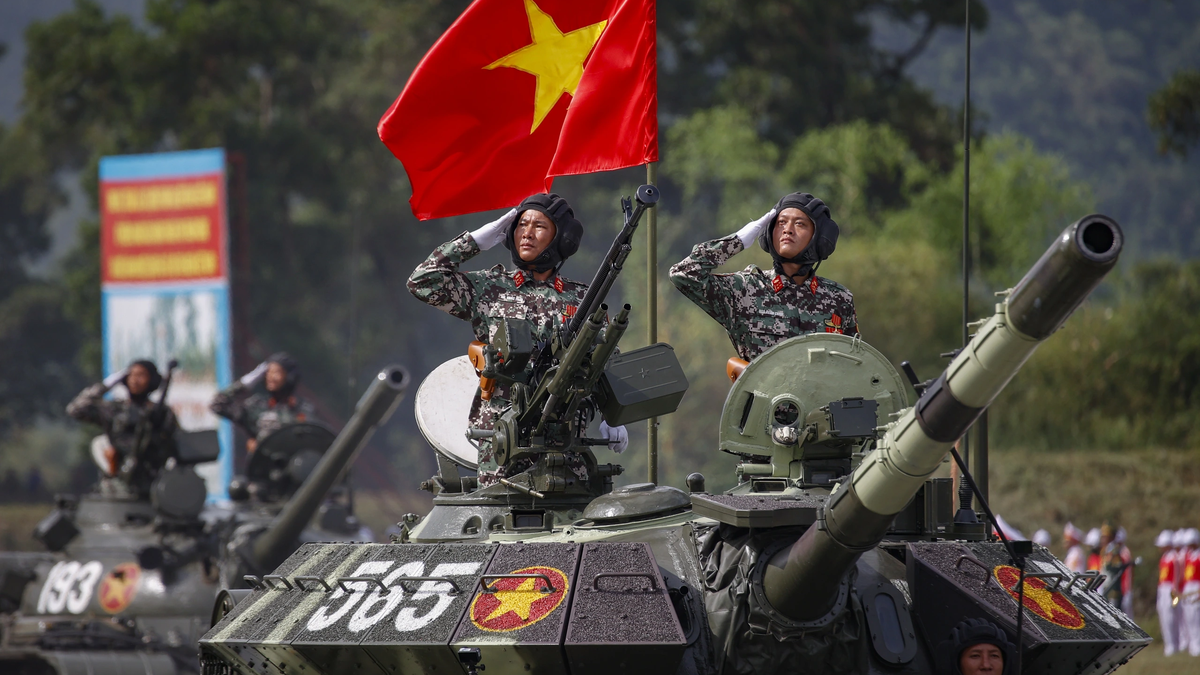

![[Photo] Discover the "wonder" under the sea of Gia Lai](https://vphoto.vietnam.vn/thumb/1200x675/vietnam/resource/IMAGE/2025/8/6/befd4a58bb1245419e86ebe353525f97)



























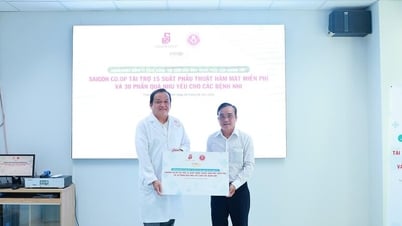








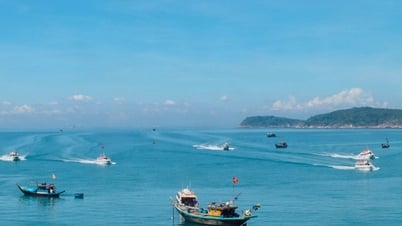
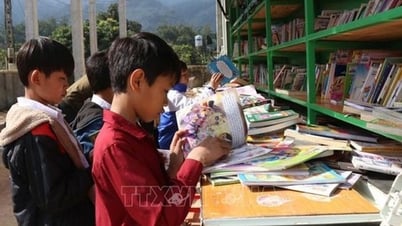


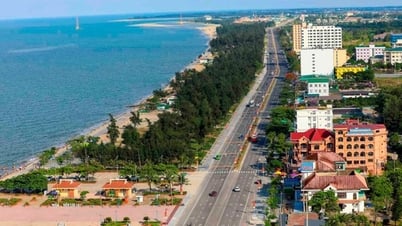

















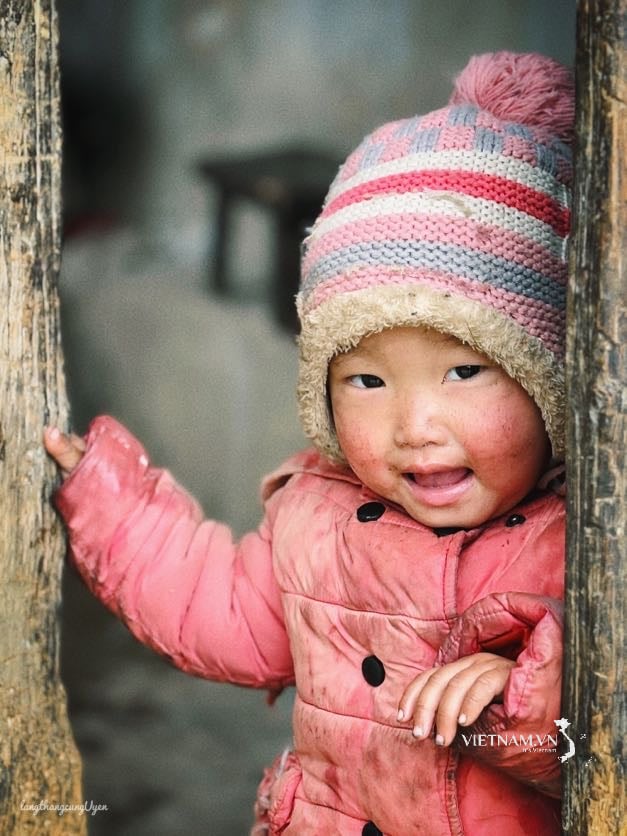
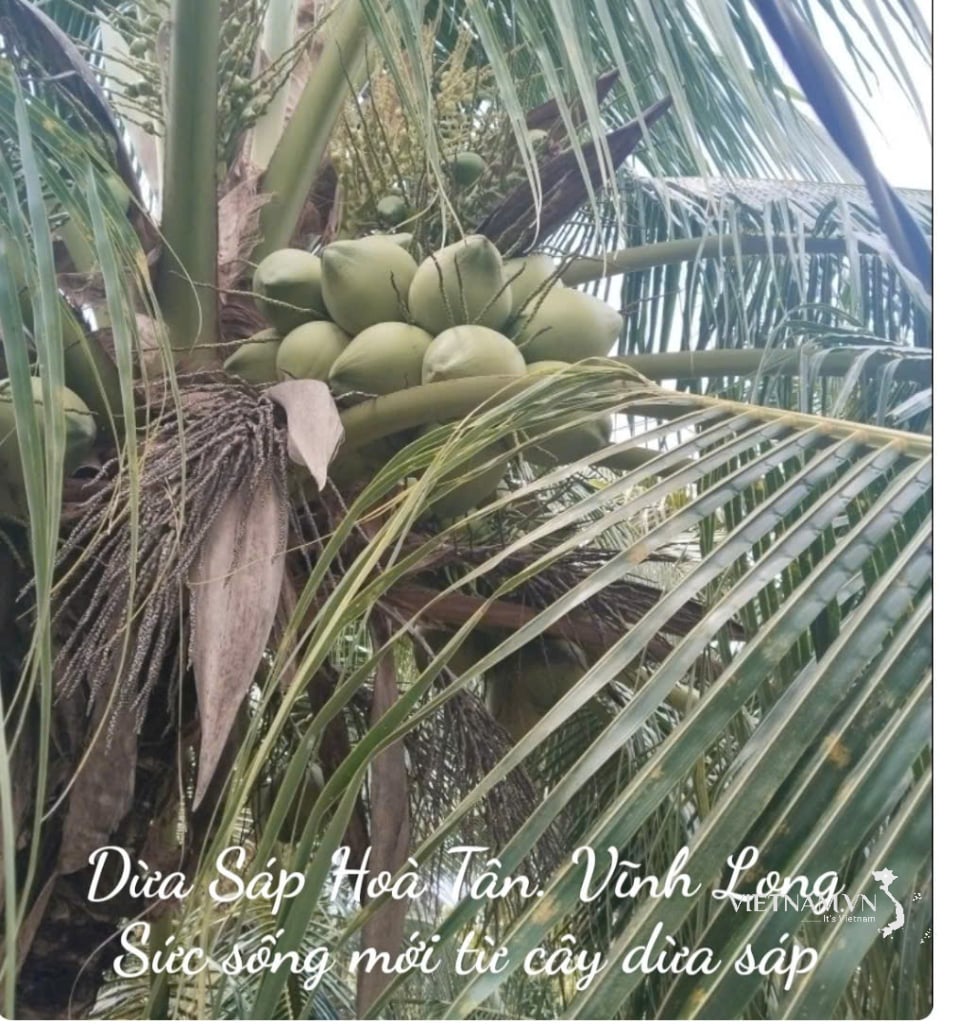
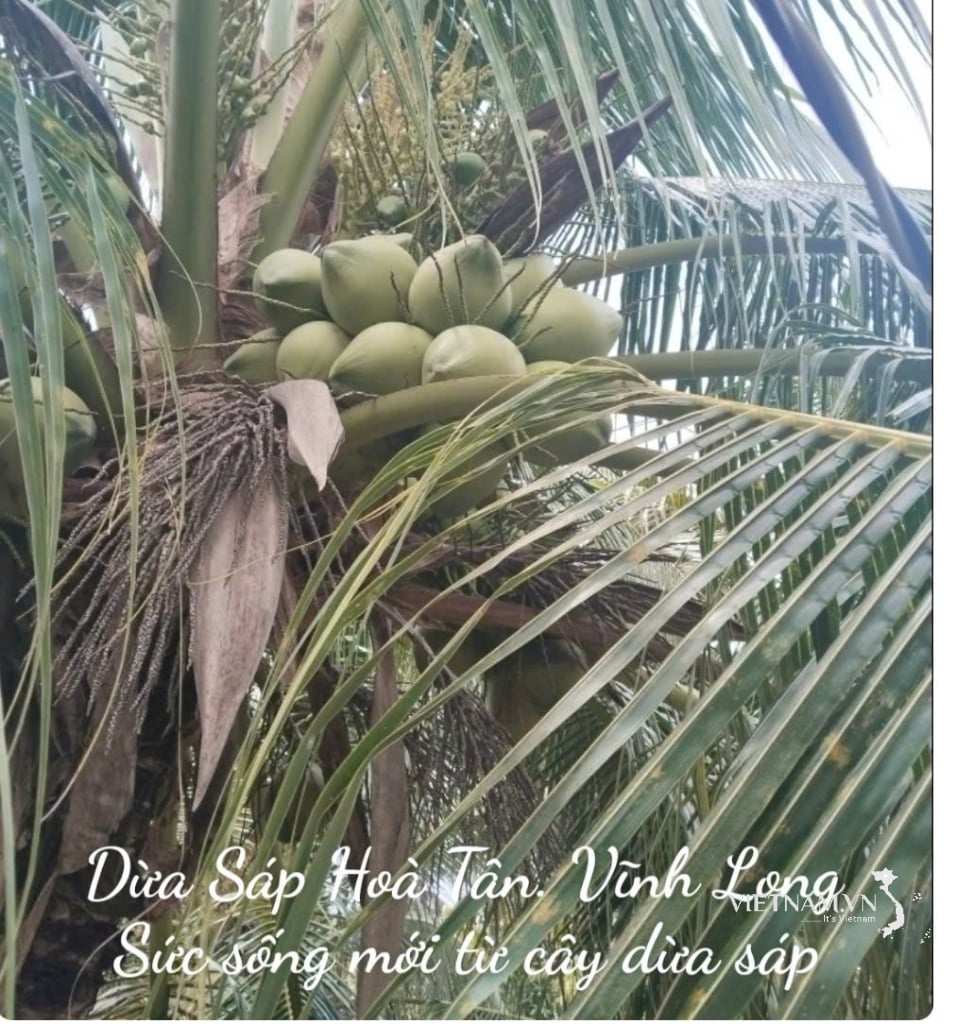

Comment (0)